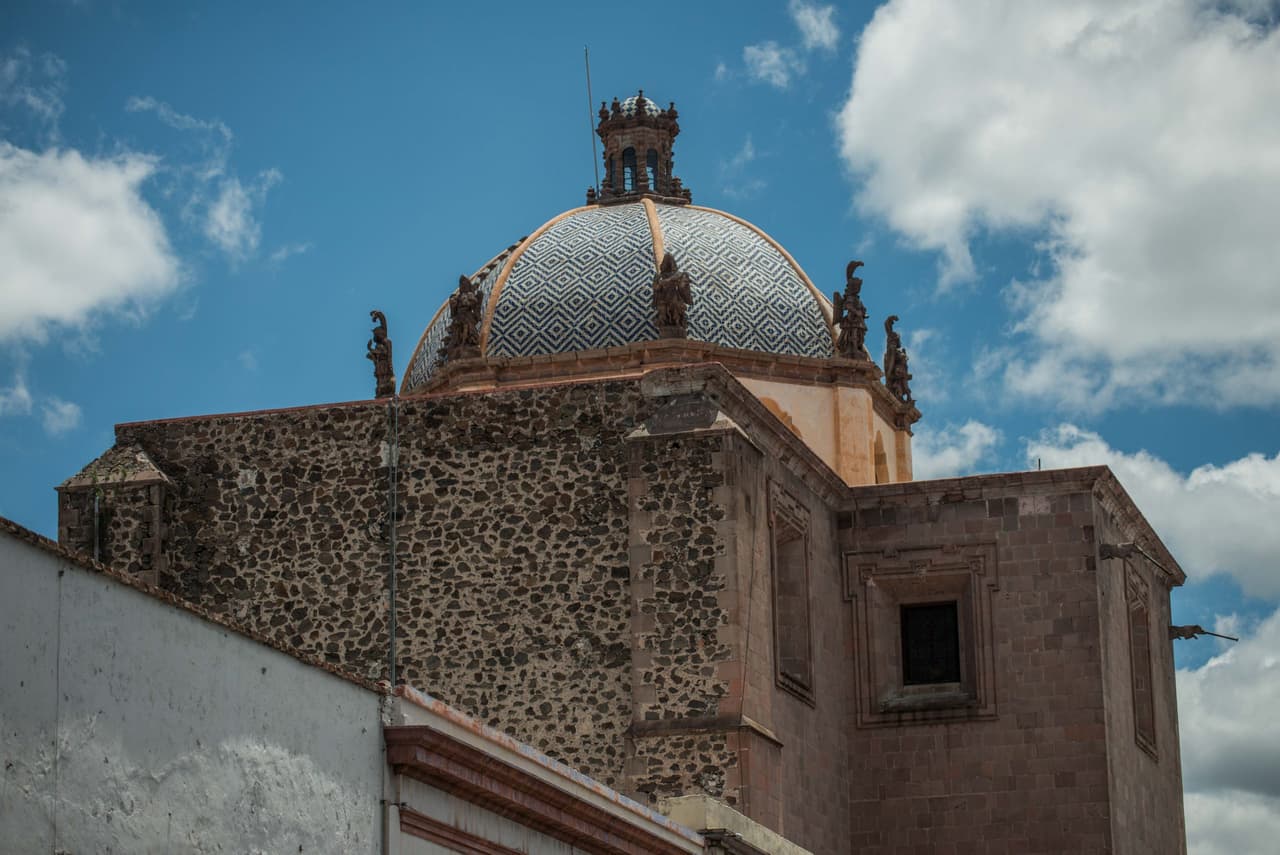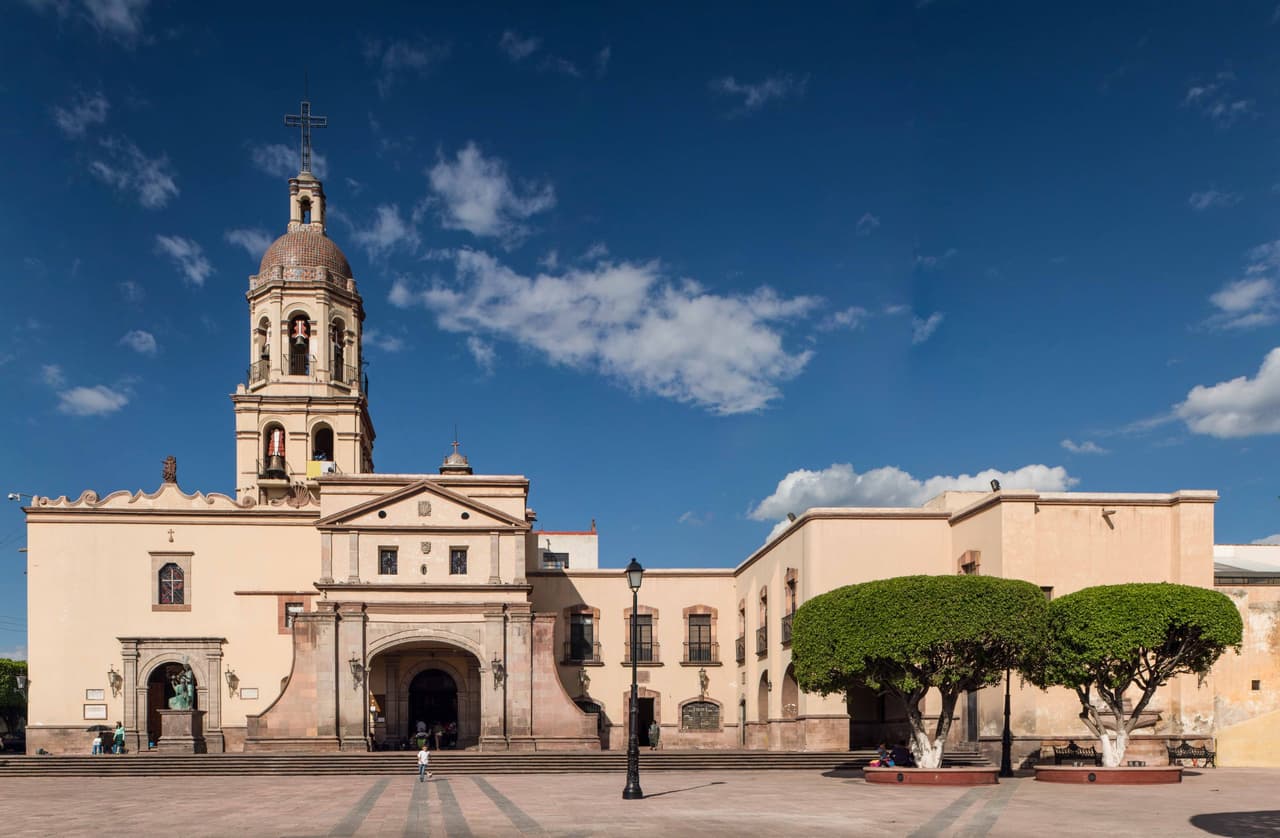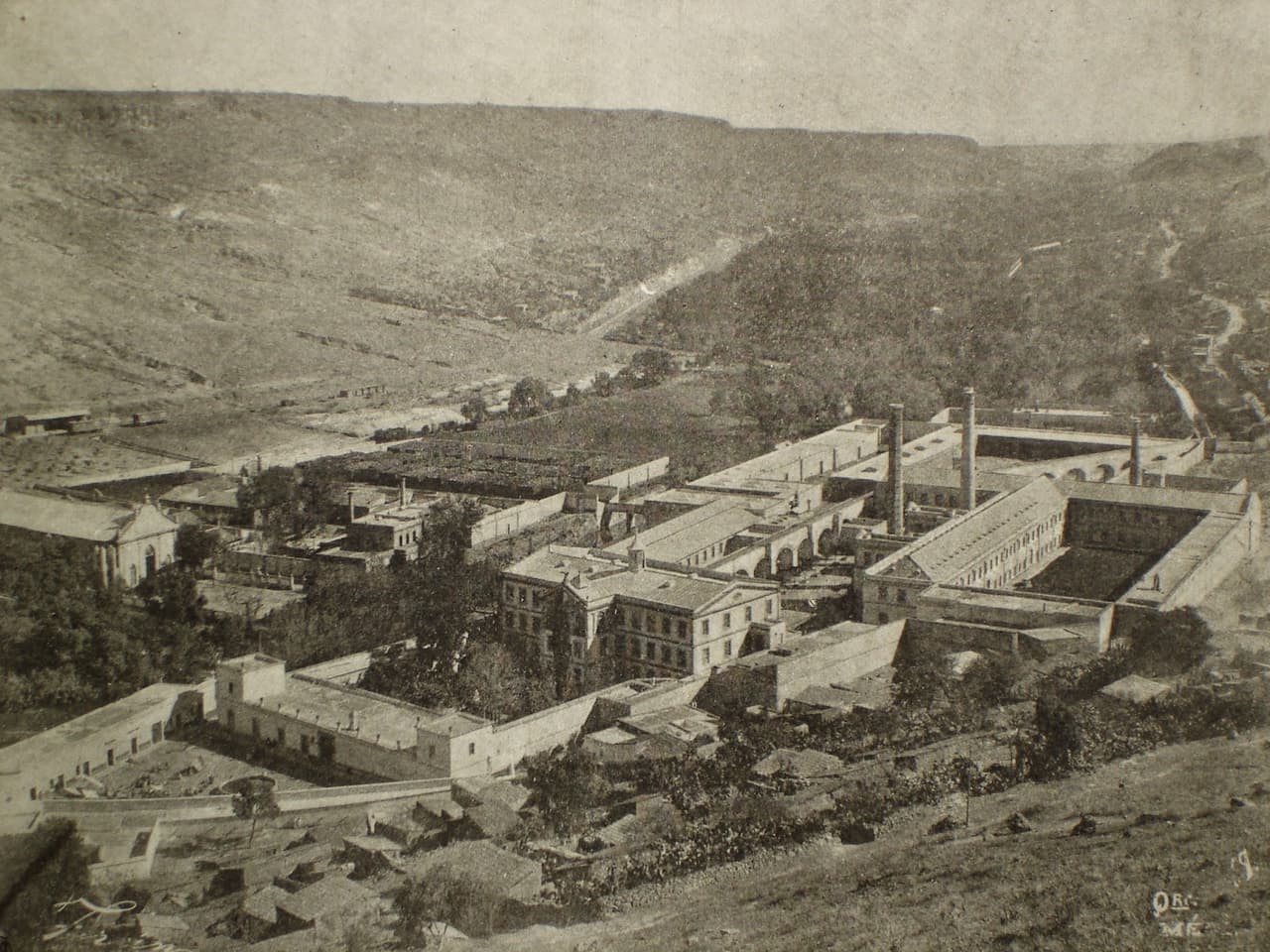The Regional Museum of Querétaro is an institution with a rich history that dates back to its origin as a training house for the Franciscans. Its uniqueness lies in its impressive collection of documents dating from the viceregal period, which offer a window to the way of study and thought of that time.
This museum is located in the old convent of San Francisco, whose initial construction took place between 1560 and 1600. Later, between 1620 and 1644, a reconstruction of the buildings was undertaken, which gradually expanded until the end of the 17th century. This religious precinct was the first to be erected in the area and played a fundamental role in the development of the city of Querétaro, being the epicenter from where the main connections with the rest of New Spain emerged.
Life in this place was undoubtedly bustling. Carriages passed through its surroundings bound for the mines of Zacatecas, the capital or other regions of the Bajío. The inhabitants of Querétaro carried out their daily activities in the surrounding streets, in the stores, plazas and houses that were built as the city grew. Inside the convent, the Franciscan boarders went about their daily chores in the classrooms, orchards and chapels that made up this large complex.
One of the most outstanding places that the friars had access to within this vast complex was the Conventual Library, which is currently protected by INAH and under the custody of the master David Saavedra. The volumes that fill its shelves reveal the subjects of study of the time. The library houses dictionaries, encyclopedias, books on civil and religious law, as well as compilations of homilies or sermons dating from the 16th to the 19th centuries. It also has a valuable collection of patristic works from the Greco-Latin fathers to the Middle Ages, including outstanding thinkers such as Albert the Great, St. Augustine, Thomas Aquinas and Duns Scotus, among others. These treatises are written in several languages, including Italian, French, Spanish, Portuguese and Latin. At present, the library is restricted to access by the caretaker and researchers due to the value of the materials it contains.
The Regional Museum of Querétaro was founded in 1936 by Germán Patiño and was later incorporated to INAH, which allowed to gradually enrich the collection exhibited in its rooms. Through its exhibits, the museum narrates the history of Queretaro from its pre-Hispanic origins to contemporary times, highlighting the various communities that make up its cultural richness and its history as a former convent.
Sources:
Ovideo Pérez, R. J. “El patrimonio documental del Museo Regional de Querétaro. Entrevista con David Saavedra”. Revista Ecúmene de Ciencias Sociales (RECS). Artículo por Convocatoria –Número. I, Año I, 2020. https://revistas.uaq.mx/index.php/ecumene/article/view/468/499
“Museo Regional de Querétaro”. LUGARES INAH. https://lugares.inah.gob.mx/es/museos-inah/museo/490-museo-regional-de-quer%C3%A9taro.html (consultado el 09 de octubre, 2023).



